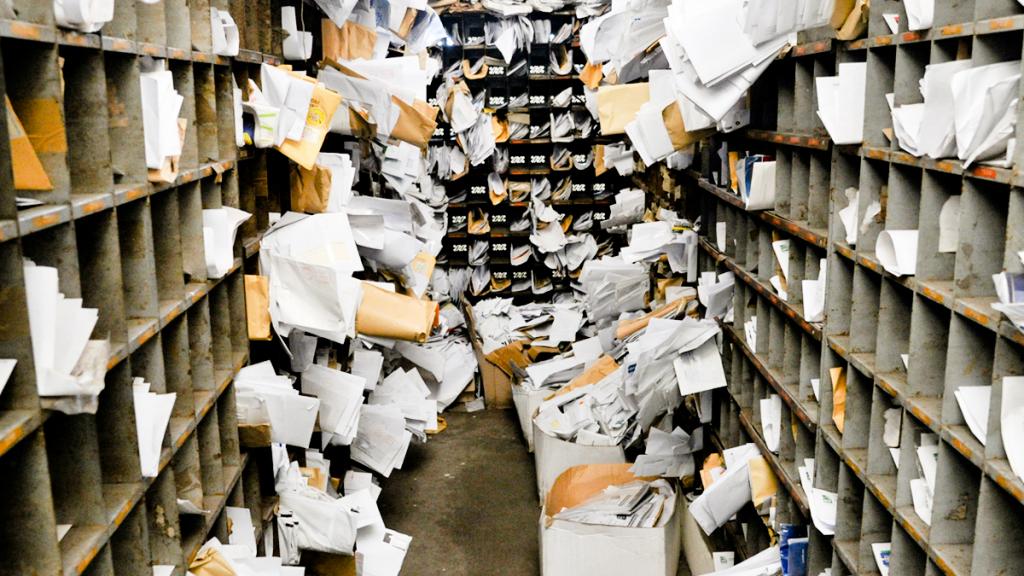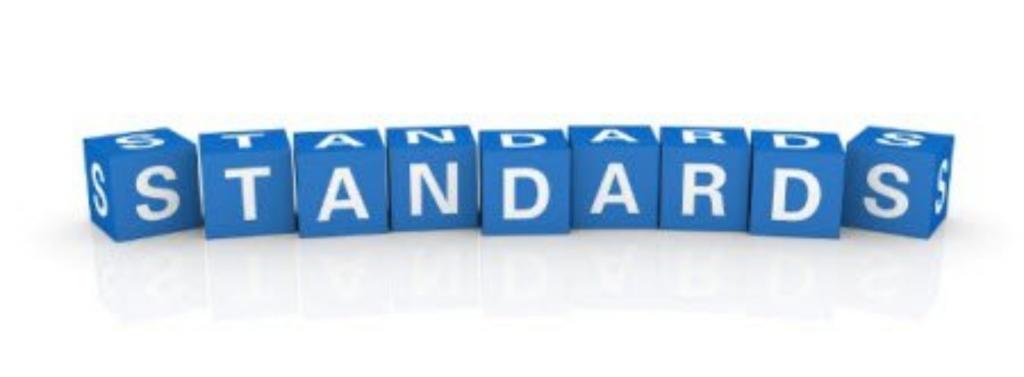Definition of the term
It is believed that in Russia for the first time, in comparison with foreign practice, a document management system was established, the purpose of which is to establish the procedure for documenting management activities within the state. In 1973, such a system was called the Unified State Customs Service, which stands for “a unified state. record keeping system. " In total, the USSR developed 16 unified systems.

The standardization of documents is the result of the reorganization of the document flow of the system in question that meets certain standards. Reducing correspondence and reducing the complexity of compiling it, as well as the desire to avoid duplication of data, are considered urgent issues that need to be addressed in management work. An effective result can be achieved through the unification and standardization of information on the content and form.
The standardization of documents is the formation of the same standard forms for protocols similar in purpose, which helps more efficient use of paper in the printing of acts and decisions. Standardization facilitates accounting workflow, as well as archiving documentation.
Similar terminology
A practically similar definition is “unification”, which is the process of bringing something, including documented acts, into a single form or common system, which leads to a reduction in the initial set of the objects in question. The unification, standard and standardization of documents leads to the formation of rational uniformity in any field of activity, especially in documentation. The reduction of the unjustified variety of data forms and the establishment of a single structure occur through language structures, details, accounting information and its storage. Excess document chains are removed over time to avoid unnecessary duplication of elements.

The unification of documents allows you to establish a single image of the forms of administrative documents that perform the functions and tasks of the management format. This approach will lead to the work with a large volume of documents to normalize them in the production system, as well as accelerate the exchange of business data.
Increase efficiency
A single clerical system promotes operational processing, reduces the time spent on working with documents that affect the entire clerical staff: from ordinary employees to managers.
The objects of standardization of documents can be their composition and forms. The unification of the composition of documents is the allocation and consolidation of the totality of documents that are necessary to solve managerial tasks. As a result of such actions, it is expected to reduce the composition of documents.The unification of forms is the selection and consolidation of information indicators, including details that correspond with the purpose of the documents, as well as the definition of general requirements for their creation and execution. In office work, unification can occur both as a standardization stage and as an independent process.

The essence of standardization
The Federal Law "On Technical Regulation" No. 184 specifies the principle of the definition: standardization of documents is a holistic work aimed at establishing rules for their voluntary use, as a result of which information should be streamlined in the areas of production and circulation of products, as well as increased competitiveness services.
“Standard” can be called a document that indicates the characteristics of the products, the rules for the implementation of various processes in production, the characteristic features of transportation and storage, work or services. The standard includes certain requirements for terminology, labeling, symbolism, packaging, labels.

Normative documents on standardization contain optimal rules and requirements for the design, preparation, storage and accounting of business documents, which were approved in the prescribed manner and recommended for repeated use in office work. Standardization (in simple words) is the formation and approval of uniform rules that are presented to documents in order to streamline them.
Standardization involves the erection of the basic requirements for documents in a legal norm. Thanks to this process, the formation of numerous documents occurs according to one rule, which is easier for recipients to perceive. The standardization of documents is the result of unification or its highest form.
Typical process elements
Transformations can relate to certain types of documents (GOST is indicated with a number), structure and design rules, elements of a unified documentation system (DCL). Such a system consists of a combination of interrelated forms of documents that give an informative idea of some types of economic and managerial activities. USD is based on uniform rules and requirements, has the data necessary to manage any field of activity.

The usual documentation system is organized in such a way as to satisfy the needs of documenting certain activities, and the documents of the standardization system are the result of the process of bringing documents to a single form and system, when uniformity prevails, and an unjustified set of document templates, their details and indicators are reduced. In the process of standardization, there is a transition to rational uniformity in the workflow.
Approval Level and Related Categories
Standardization is a form of legal approval of the results of unification, which is a combination of state. standards and a single form of documents included.
USD is divided into:
- state standards;
- standardized forms of documents;
- guidelines for their use.

The details of the unified document are applied in accordance with the target task and the level of approval laid down. There is a division of standardization documents in the Russian Federation into categories:
- Departmental (division by branches). They are used to document management processes that are common to all enterprises, regardless of activity and legal norms. Approval takes place at the federal level.
- Forms of documents of firms, organizations and enterprises. Defined locally.
- All-Russian. The creators of such forms are the Federal Archival Agency, the Ministry of Finance of Russia, the Federal State Service. statistics, Central Bank of the Russian Federation.These forms of documents are mandatory for use in all organizations, regardless of the form of ownership and subordination (for example, accounting records for accounting and remuneration, which was approved by the decision of the RF State Committee of February 5, 2004).
- Forms of documents of constituent entities of the Federation. Their approval occurs at the regional, regional or local levels. Such forms are common within the relevant subject of the Russian Federation.
The specifics of information support
In addition to interdisciplinary document management systems, document forms of the national standardization system are used, which reflect the characteristics of the activities of specific industries. Such features are divided into:
- Additional data requirements for solving managerial functions of a typical plan (for example, dismissal / admission of education or health personnel).
- Other activities for the operation of which a similar industry and its management rules were organized. Specific documentation may include:
- recipes;
- medical history;
- sick leave;
- witness sheets;
- guides;
- inventory of cases (archive);
- cards;
- well affairs (exploration production);
- statements of performance;
- schedule (training documentation).

Definition of documentation
This issue is addressed by special authorized departments and organizations, for example, the Russian state. the library takes care of determining the composition of the documentation that is available in all libraries of the country. Sectoral forms of documents are normative in nature if they are within the framework of a departmental system (such as a notarial or judicial), similar templates are also used in specific organizations engaged in similar activities (for example, medical or insurance).
The use of standardization documents at enterprises makes it possible to reduce the costs of compiling, processing, manufacturing, processing and transfer of documents. Thus, document flow within the organization is accelerated. Reorganization of the content of documents improves the quality of management tasks. The composition of the document is fixed in the Form Sheet (a single regulatory document consisting of a list of documents necessary for the implementation of the tasks of the firm’s management activity that has legal status), and document form transformations are fixed in the Document Album. The time sheet organizes the documentation process, creates a visual scheme for accounting for all types of activities. The report card is formed so as to establish certain rules for fixing the place and time, as well as decision-makers.
Characteristics
Types of standardization documents regarding the album of document forms (a collection of templates for unified forms necessary for documentary management in an institution) are presented:
- a reference sample (on paper) stored in the office department or office;
- electronic counterpart available at every workplace.

Distinctive features of the formation of these documents are:
- uniformity of creation of regulation of the content of documents, exclusion of duplicate information;
- common terminology and conventions, which allows you to compare indicators from different levels of management and the systems under consideration;
- the formation of uniform models for the construction of specific forms of documents.
Principles and fundamentals of document standardization
The CMEA Commission described a composite standardization, in which there is a purposeful establishment and application of a system of related requirements for both an object and its elements in order to provide an optimal solution to a specific problem. Approval of documents is based on the requirements of state.standards and rules of CMEA, ISO and other international organizations that work in the field of unification and standardization of documents.
A sharp change in the usual content of documents can adversely affect the psychological restructuring of employees of the organization. Therefore, the conversion process should proceed smoothly, affecting only the most necessary changes while maintaining the rules and foundations of national standardization documents, as well as without causing economic damage. First, minimal changes are introduced, and then radical changes. Phased conversion of standards allows all participants in the process to fully standardize their workflow.

Data processing
Finding common in documents and creating a single generally accepted template simplifies manual methods of data processing, work becomes more efficient, financial plan costs are reduced, and the time previously used to train managerial staff is reduced, which results in undeniable positive dynamics. It is important to pay attention to compliance with the general requirements for management documents in the conditions of functioning of automated control systems, when the effect of unification and standardization of all documents sharply increases.
Archiving, which studies the theoretical and practical foundations of archival science, influences the improvement of document forms. Automation of standardization processes began with the classification of the document scheme in the national economy, and then continued in the management sphere, where it reached its present effective form. Now this process affects international and national organizations, 10 foreign organizations are working to simplify the workflow of foreign trade relations, including the Foreign Trade Commission, the ECE Trade Development Committee, the International Organization for Standardization, etc.
